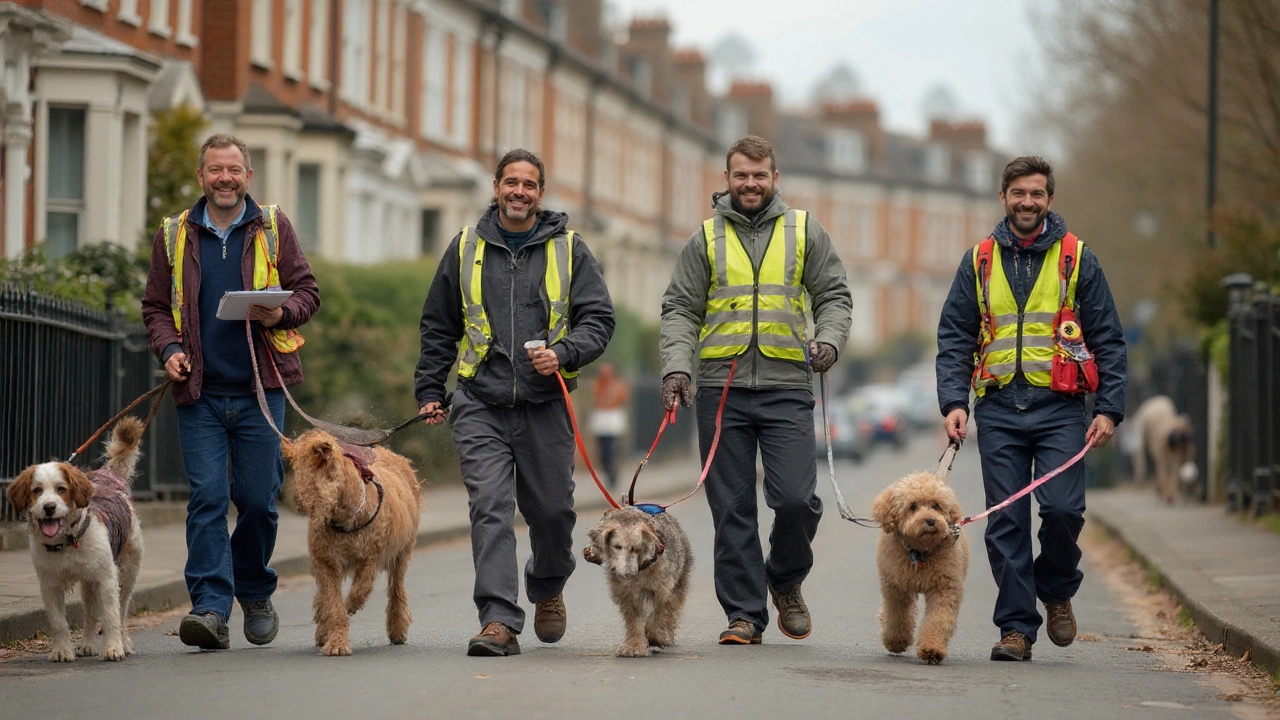Dog Walker Tips: Practical Advice for Safe, Happy Walks
If you love strolling with your dog, you want every walk to be fun and worry‑free. The right routine, gear, and little habits can make a big difference. Below are easy-to‑use tips that work for any breed, size, or skill level.
Gear Up Right
Start with a good leash and harness. A no‑pull harness is a lifesaver for dogs that love to yank; it spreads pressure across the chest instead of the neck. If your pup is a strong puller, try a front‑clip design and practice short “stop‑and‑go” drills.
Don’t forget a sturdy collar with ID tags, a poop bag dispenser, and a water bottle for hot days. A reflective vest or light‑up leash adds safety when you’re out after dark. All of these items are cheap enough to be replaceable if they wear out.
Teach Simple Walking Cues
Basic commands like “heel,” “stop,” and “leave it” keep you in control. Keep training sessions short—five minutes max—so your dog stays interested. Reward with a treat or a quick play break each time they follow the cue.
If your dog gets distracted by squirrels or other dogs, use a gentle “watch me” cue. Hold a treat at your chin, wait for eye contact, then give the treat. This refocuses their attention before the distraction passes.
Consistency is key. Walk the same route a few times a week, then mix in new paths to keep things interesting and build confidence.
For more detailed training ideas, check out our post “Best Dog Leash and Harness for Pulling: Stop Your Dog from Tugging Walks.” It breaks down gear choices and training steps you can try right away.
When the weather turns cold, protect your dog’s paws with booties or a paw balm. Check the ground for ice, salt, or hot pavement—both can hurt sensitive pads. A quick wipe after the walk removes grit and chemical residue.
Remember to bring a waste bag for every outing. Picking up after your dog keeps neighborhoods clean and avoids fines. A bag dispenser attached to the leash means you never have to hunt for one.
If you’re planning a longer hike or a trip to a national seashore, read our guide “Are Dogs Allowed at National Seashore? Rules, Tips and What to Expect.” It lists dog‑friendly spots and what you need to pack.
Finally, stay aware of your surroundings. Keep an eye on traffic, cyclists, and other walkers. If you feel uneasy about a situation, calmly guide your dog away. A confident handler makes a relaxed dog.
With the right gear, simple cues, and a bit of awareness, every walk can be a positive experience for you and your pup. Put these tips into practice and watch your dog enjoy the outdoors even more.
Dog Walking Business: Is It Worth Starting in 2025? Pros, Challenges & Tips
Take an honest look at what it really takes to start a dog walking business, what you need, the money you can make, and the real pros and cons.
